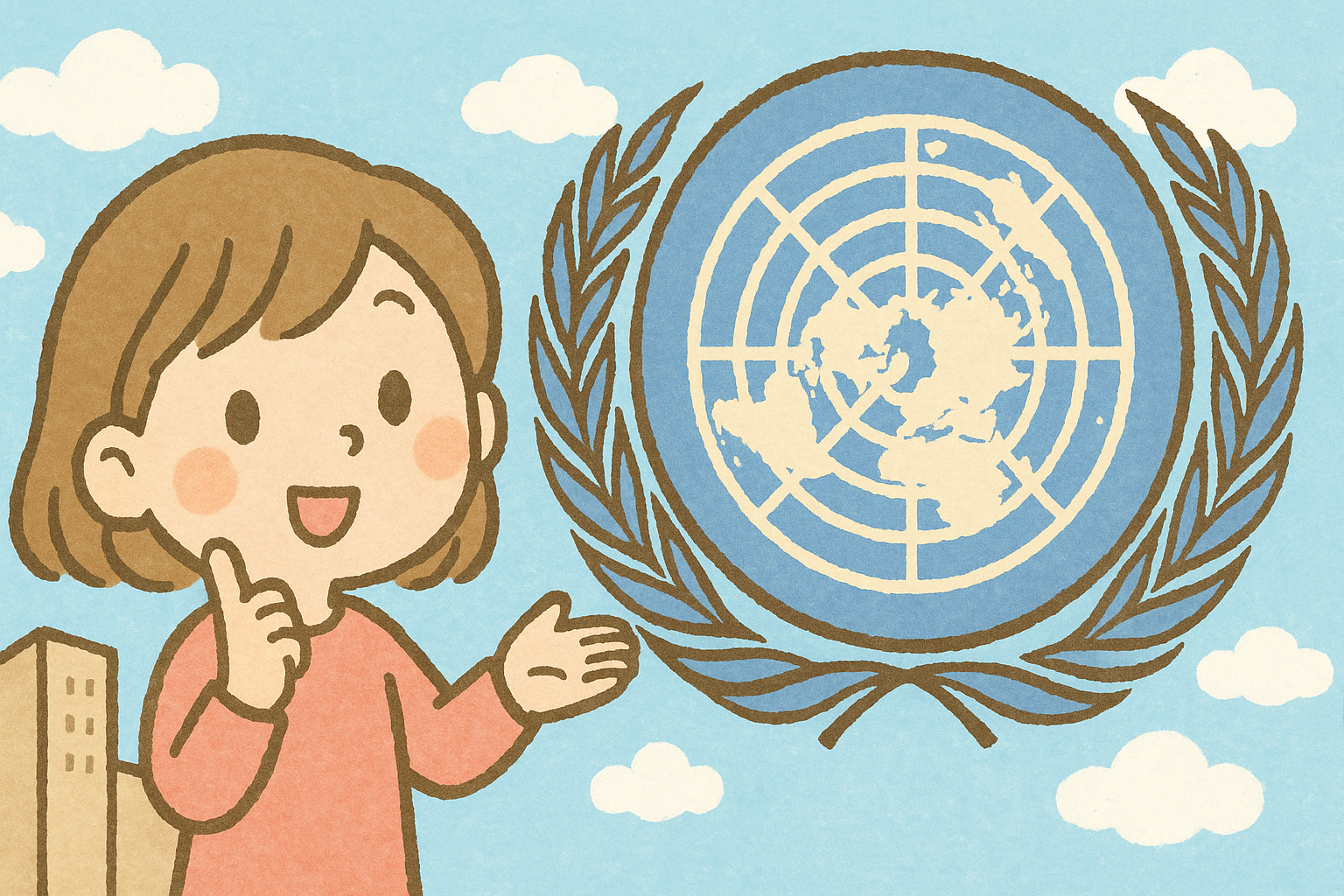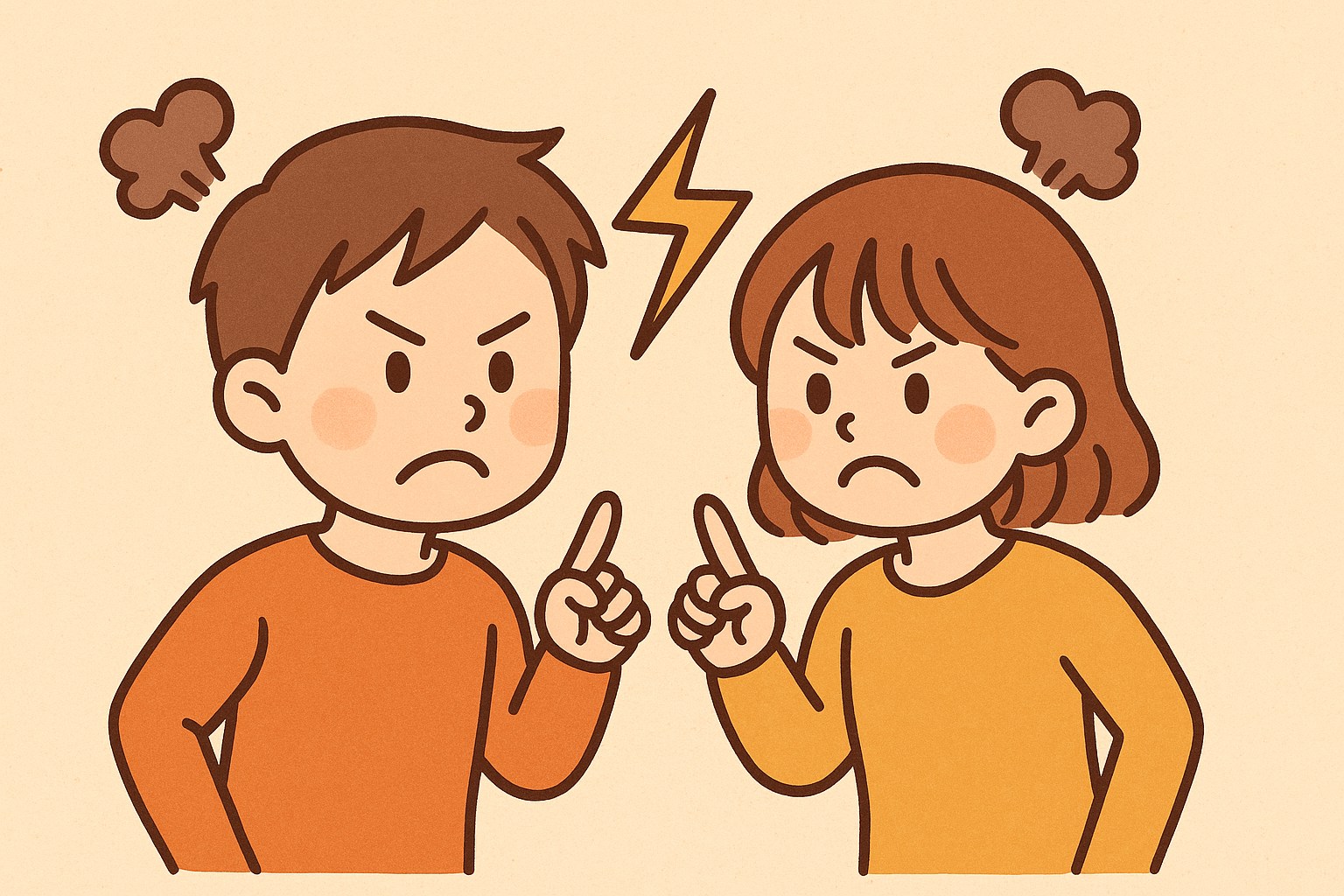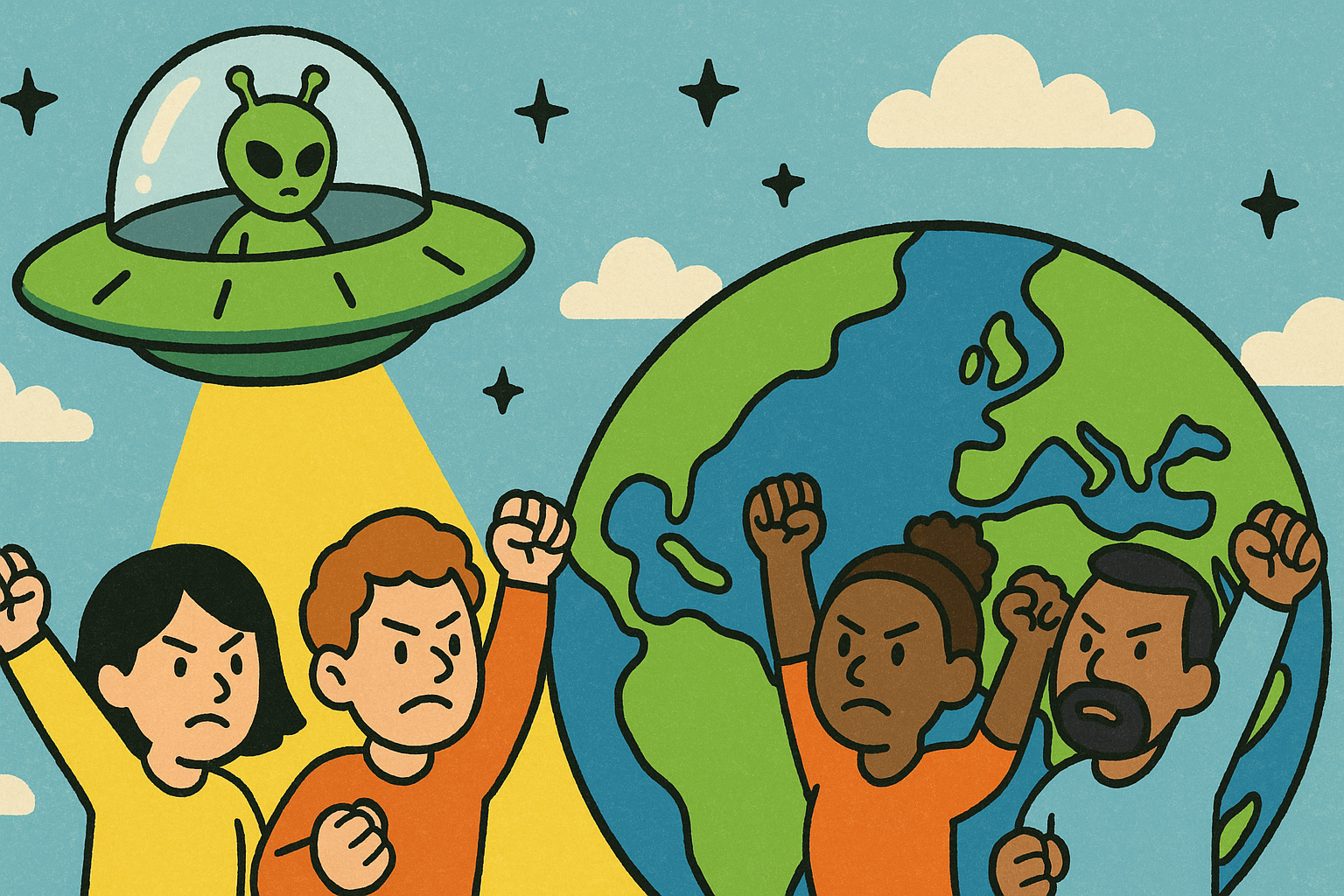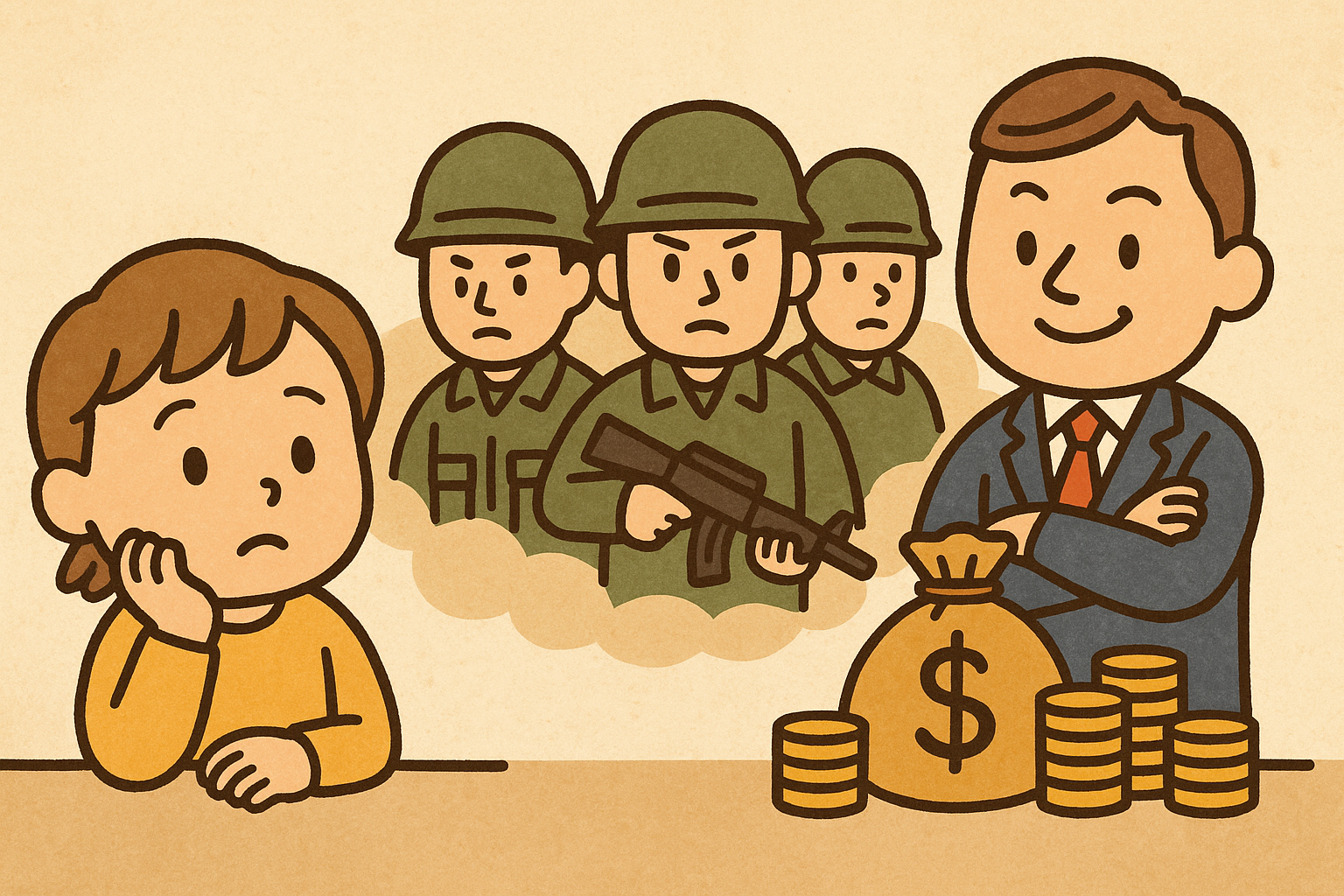How was the United Nations Created?

When you hear “United Nations (UN),” it’s often in the news—but have you ever wondered how it was formed and why it was needed in the first place? It actually traces back to the 18th-century philosopher Immanuel Kant’s ideas.
Kant’s Idea of “Perpetual Peace”
In 1795, German philosopher Immanuel Kant wrote an essay titled “Perpetual Peace” He proposed that instead of resorting to war, nations should resolve conflicts through legal frameworks and dialogue. Kant did not advocate for a single world government. Instead, he suggested a “Federation of Peace” where independent nations cooperate to avoid war.
He also argued that war is unlikely unless the public supports it—so political systems reflecting the people’s will (i.e., democracy) would promote peace.
These ideas laid the groundwork for later concepts like collective security and international organizations—and influenced the League of Nations after World War I.
World War I and the League of Nations
World War I, which began in 1914, was unprecedented in scale and destruction. To prevent such horrors from happening again, U.S. President Woodrow Wilson proposed his “Fourteen Points,” including the creation of an international body where all countries could peacefully resolve disputes.
This led to the establishment of the League of Nations in 1920, headquartered in Geneva, Switzerland. The League aimed to maintain peace through disarmament, conflict resolution, and sanctions on aggressor nations. However, it never fully functioned—especially because the U.S. never joined, and major powers sometimes blocked sanctions.
For example, when Japan invaded Manchuria in 1931 and Italy attacked Ethiopia in 1935, the League failed to take effective action, and member states began to withdraw. Ultimately, with the outbreak of World War II in 1939, the League became functionally defunct.
World War II and the Birth of the United Nations
During World War II, countries began planning a new institution to preserve peace after the conflict. The United States, Britain, the Soviet Union, China, and other Allies negotiated how to shape the post-war world. In 1945, the United Nations Charter was adopted at the San Francisco Conference, and the UN officially came into being on October 24 of that year.
The UN was founded with these purposes: (1) to prevent war, (2) to protect human rights, and (3) to foster friendly relations among nations. These principles echo the ideas of Kant and Wilson.
What is Collective Security?
The UN is based on the concept of “collective security”: if one country is attacked, all the others come to its defense. Rather than military alliances between select states to maintain a balance of power, the world acts as a single team to stop aggression.
Under the UN Charter, countries are prohibited from waging war on their own. However, it acknowledges the right to self-defense. If the Security Council determines an issue endangers international peace, it can impose economic sanctions or authorize military interventions.
General Assembly and Security Council
Two key organs of the UN are the General Assembly and the Security Council:
- General Assembly: All member states (193 today) meet, with each nation having one vote. While its resolutions are not legally binding, it is an important platform for expressing global public opinion.
- Security Council: Comprised of 15 members—5 permanent and 10 non‑permanent—it is empowered to make legally binding decisions aimed at maintaining peace and security.
What is the Veto, and Why is It Controversial?
The five permanent members (the U.S., U.K., France, Russia, and China) each hold veto power in the Security Council. This means any one of them can block a resolution—initially intended to keep great powers within the UN system.
However, in recent years, issues like Russia’s vetoes related to its invasion of Ukraine have drawn criticism that the Security Council is malfunctioning because of this veto power.
Conclusion
The United Nations is a “system of hope for humanity” born from the tragedy of war. What began with Kant’s ideals, continued through Wilson’s efforts, and involved the aspirations of nations worldwide, remains imperfect—yet continues striving to protect peace today.
When asked, “How was the UN formed?”, one can answer: “It is the fruit of humankind learning from its history of conflict and trying to pass peace on to future generations.”






